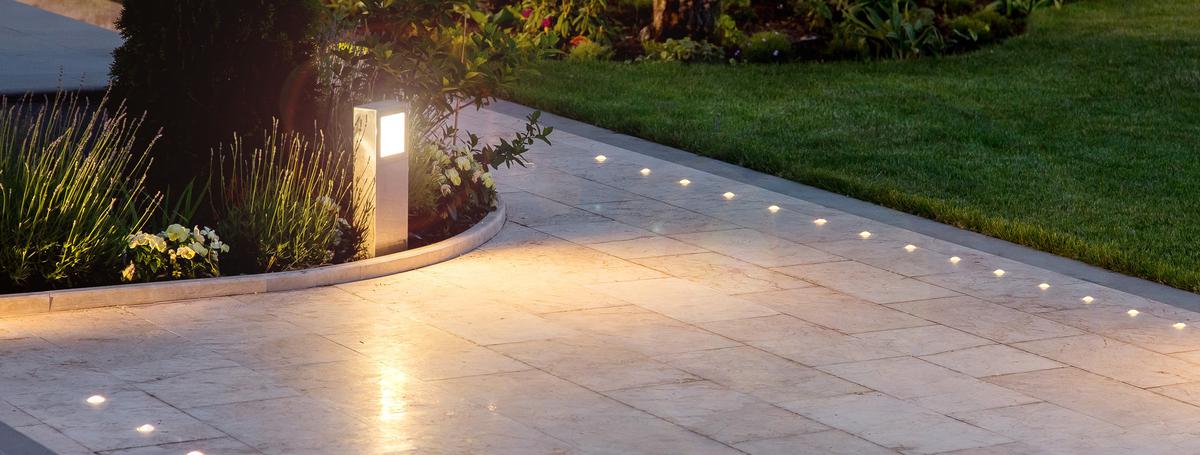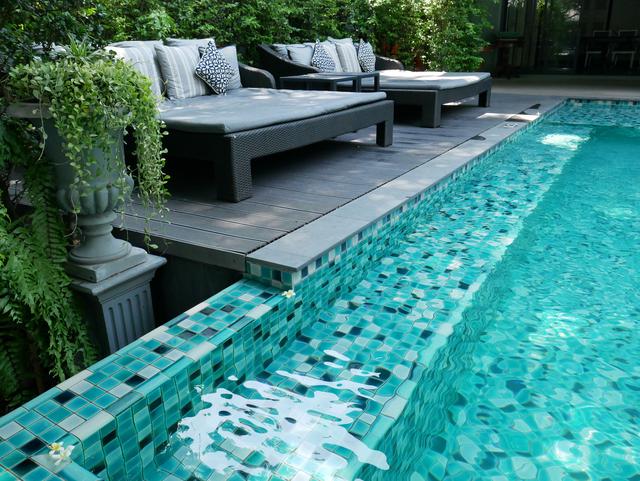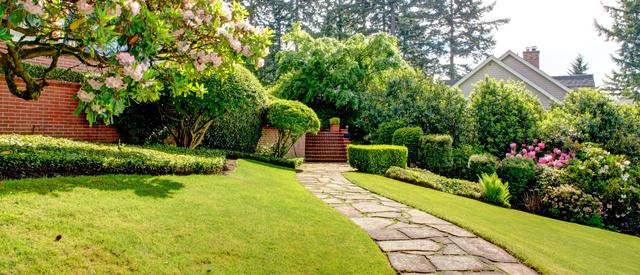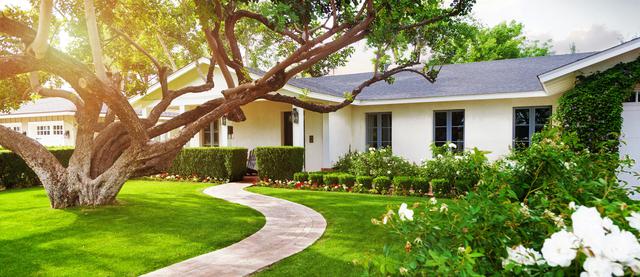When it comes to enhancing the beauty and functionality of your outdoor space, landscape lighting is an excellent choice. It not only adds a touch of elegance but also provides safety and security. However, designing a landscape lighting plan can be a bit tricky. Homeowners often encounter a few surprises along the way. In this article, we will discuss the top surprises you may face when designing a landscape lighting plan.
The Importance of a Professional Designer
One of the biggest surprises homeowners face when designing a landscape lighting plan is the importance of hiring a professional designer. Many homeowners assume that they can handle the design on their own. However, a professional designer has the experience and knowledge to create a plan that will enhance the beauty and functionality of your outdoor space. They can also help you choose the right fixtures and bulbs for your specific needs.
Light Pollution
Another surprise that homeowners may encounter when designing a landscape lighting plan is light pollution. Light pollution occurs when light is directed or scattered in a way that causes it to be visible from areas it was not intended for. This can be a nuisance to your neighbors and can even affect wildlife. To avoid this, you should use fixtures that are designed to direct light downward, such as path lights, spotlights, and well lights.
The Importance of Layering
Many homeowners are surprised to learn that layering is an essential aspect of landscape lighting. Layering involves combining different types of fixtures to create a more dynamic and visually appealing design. It involves using multiple layers of light at different levels and angles to create a more natural and dynamic look.
The Impact of Color Temperature
Another factor that can surprise homeowners when designing a landscape lighting plan is the impact of color temperature. Color temperature refers to the color of the light emitted by a bulb. The warmer the color temperature, the more yellow the light will appear. The cooler the color temperature, the bluer the light will appear. Choosing the right color temperature can make a big difference in the overall look and feel of your outdoor space.
Maintenance
Finally, homeowners may be surprised by the amount of maintenance required to keep their landscape lighting plan in good condition. Outdoor lighting fixtures are exposed to the elements and require regular cleaning and maintenance to ensure they continue to work properly. Homeowners should also be prepared to replace bulbs as needed and make sure the wiring is in good condition.
Conclusion
Designing a landscape lighting plan can be a fun and rewarding project for homeowners. However, it can also come with a few surprises. By hiring a professional designer, using fixtures that direct light downward, layering different types of fixtures, choosing the right color temperature, and staying on top of maintenance, you can create a beautiful and functional outdoor space that you can enjoy for years to come.






comments